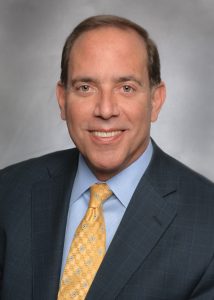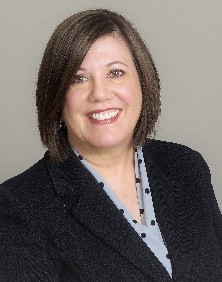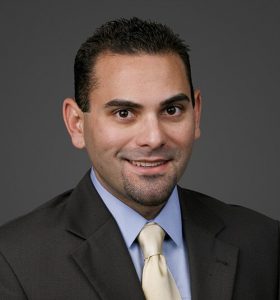HOW TO CUT OPERATING COSTS FOR SECURITY BUSINESSES
Mark Folmer, CPP, Msyl, TrackTik
When you run your own security business, there are several important investments that help you provide quality service to your clients such as training for security guards, uniforms and equipment. However, with modern management options, you can streamline your business, cut costs, deliver quality service and keep your security business profitable. Here’s how you can cut operating costs by 35% and increase profits for your security business:
Improve Service with Tracking and Data Analysis
Security companies live and die based on their ability to provide quality service to their clients. Tracking key field processes and using data analysis to improve your security performance is vital for lasting success in the security industry. By using software to track the location of security agents in real time, you’ll be better prepared to contact the nearest available operatives when additional support is needed. As you improve your team’s incident response time, client satisfaction will increase, allowing you to retain clients and gain valuable testimonials for attracting new business. Digital reporting software can also make it easier to analyze patrol and incident-related data. By matching tracking data with guard-uploaded incident pictures, video, and written comments in a digital database, it becomes significantly easier to review information so you can make informed decisions for streamlining your field operations.
Track Business Intelligence Data
Leveraging data isn’t just important for improving your team’s fieldwork. And while different security companies may value different KPIs (key performance indicators), there’s no denying that one of your top priorities should be to optimize operations and maximize your return on investment with each client. Investing in good business intelligence technology is essential for your success. With business intelligence tools and smart analytics, it becomes easier to identify common profitability pitfalls, such as inefficient employees, a high guard turnover rate, or client sites with costly overtime expenses. When your software can quickly match your accounting and scheduling data against your KPIs, it becomes easier to identify areas where change is needed. With business intelligence data at your fingertips, you can gain a better understanding of your business’s direct costs, anticipate staffing and coverage needs, and identify trends that could be hurting your profitability. With better data, you can make smarter budgeting decisions for the future.
Save Time by Streamlining Back Office Administration
Serious security business entails a large amount of documentation in the handling of your security agent workforce. That means a lot of time spent on administration and office work, covering everything from scheduling to payroll. If you can streamline these necessary processes, your team can spend less time on mundane day-to-day tasks and concentrate their efforts on delivering quality security service. When computer programs calculate, you gain efficient, controlled data that is automatically tracked and reported. Alternatively, modern scheduling software allows you to input important data regarding client needs, guard availability and certifications, reduce unbillable overtime, avoid costly errors, and other factors to automatically generate future schedules that match the right guards to the right clients, at the right site. Automating these and other similar processes will save you time and money by helping you avoid human error in schedules, payroll reports, and other documents. In addition, these reports will give you greater understanding and control over your office operations, helping you identify ways to allocate funds towards optimizing security operations. And you’ll be closer to your goals of faster, better service.
Go Paperless!
Do you have stacks of paper piling up in your office? Incident reports, contracts, invoices, schedules, and other paper documents can add up quickly. Not only do the costs of paper and other printing supplies add up over time; you’ve likely experienced the workflow issues of misplaced or lost documentation at least once (per week…). Modern back office management software allows you to replace paper reporting by digitally distributing important information to your clients, suppliers, and employees. These streamlined reports will ensure that vital information is never lost in a stack of papers so you can keep your clients happy–which is ultimately your best way to stay profitable. With digital reporting software, important information can be sent to clients and guards alike via email, text message, or push notification, creating a digital dialogue that is easily tracked and managed. As you digitally track your field operations, automate select tasks, and use intelligent data, you’ll be better equipped than ever to improve your security business operations and increase your profitability.





